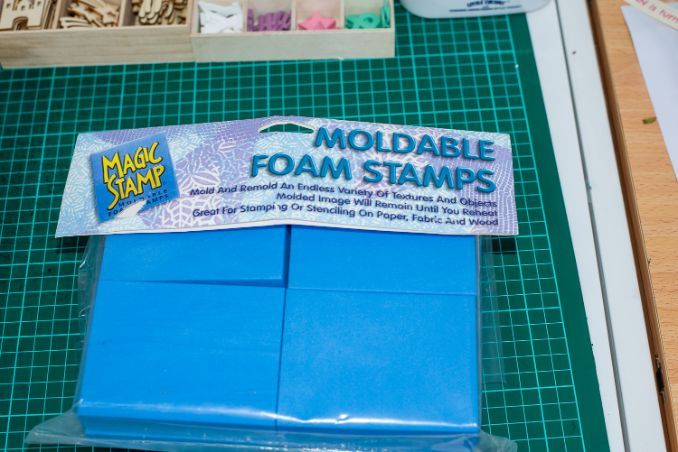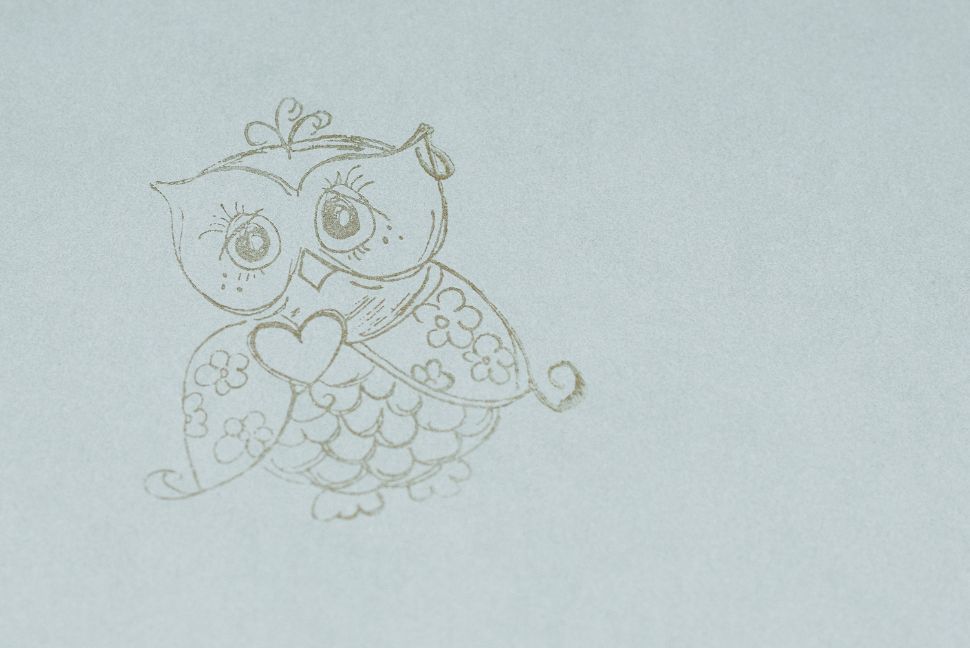Stamping Card Supplies 101: Things You Need for Card Making
Years ago, stamps consisted of a rubber stamp piece on a small wooden block that you dabbed into the ink and then onto your page. More often than not, it was a little messy. This style of stamp is still great and I still use them today, but there are now many more options available for you to fall in love with.
I've taken the guesswork out of it for you with this guide to stamping supplies for cardmaking. Keep reading to get started on your new and exciting journey into the world of stamping for cardmaking.
The Different Stamp Types
Rubber Stamps
They last a long time but their one flaw is that you can't see through the wooden block to line up the stamp in an exact position. Sometimes this matters and sometimes it doesn't .. but when it does matter and you line it up wrong, it's incredibly frustrating.

Clear Stamps
It's a great feature when trying to exactly line up lettering or when you need to double stamp something to add more color or shading. They are also great if you are a fan of die cutting as you can actually buy matching sets of dies and stamps to create some really wonderful embellishments.
Clear stamps are usually made from either acrylic or photopolymer, with the latter typically being of better quality. One of the best features of clear stamps is that they are not mounted onto a block. The reason this is a great feature is that you can create custom stamps by combining your small stamps onto a block, which is also clear. They can even be used in a stamping press, which we will talk about further down.

Clear stamps come on an acetate sheet and you peel them off and press them onto your clear block to begin stamping. When you are finished, they can be cleaned, removed from the block, and placed back on the sheet for storing.
It's really hard to find fault with clear stamps other than I just like the feel of the woodblock in my hand better. Clear stamps are easy to clean and store, and more importantly, they come in thousands of sizes, designs, and styles. They are affordable and often sold on a sheet with a particular theme.
It would only be fair if I gave you this warning now ... they are very addictive (like a washi tape) and will soon become one of your must have card making supplies.
DIY stamps
I was given a neat product a little while ago called ''Moldable Foam Stamps'' in which you use a heat gun to warm up the foam block for around 30 seconds, and then quickly hold down something onto the surface as it cools, effectively making your own foam stamp.
Being foam, it's not the best quality stamp in the world but it makes some really great textures for backgrounds depending on what you push into it. I suggest trying rice, pasta, or things found in nature.

Stamping Ink for Cards
As well as there being hundreds of colors to choose from, there are also many different inks to choose from. I'm going to talk about specialty inks, pigment inks, and dye inks.
Dye Inks
Specialty Inks
Pigment Inks

The Stamping Press
It's really simple to use. You place your paper on the platform, then place your clear stamp of choice on top face down and close the lid. The stamp is now stuck to the underside of the lid which will act as your stamping block. You can now ink your stamp and re-close the ink to make your mark.
The benefit of the stamping block is that if you need to reink your stamp or you want to add another layer, you can do this as the paper and stamp are in the exact same spot.
Card Stamping Tips
Of course, you don't need to buy all of these things to achieve great stamping in card making. Start with a few different stamps and some basic dye ink and experiment!
I'm going to leave you now with my secret tip for stamping. Rather than push the stamp into the ink pad, like you would with your potato stamp into the paint when you were a kid, hold your stamp still in one hand and apply the ink to the stamp with a gentle motion. This ensures you don't accidentally overload your stamp and you soon learn the exact amount of ink you need as you can see the actual ink on the stamp.
What about you? Do you prefer rubber, clear or DIY stamps? Although I love my ''old fashioned'' rubber and clear stamps have opened up a whole new world for me and DIY stamps are just, well ... fun!
Whether you choose to use rubber stamps, clear stamps or DIY stamps, Now that you know the basics of stamping supplies for card making, we would love to see some of your finished stamped card designs.


